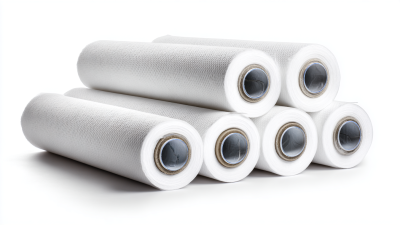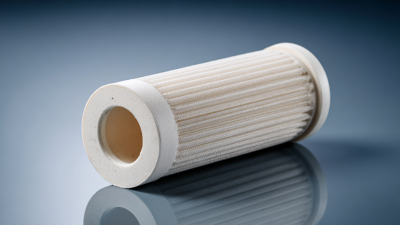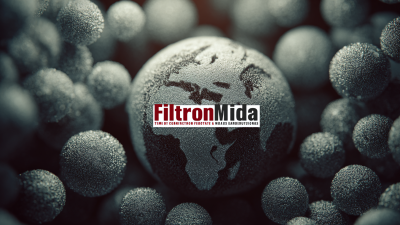Leave Your Message
Request a Quote
When it comes to enhancing the efficiency of filtration systems, the selection of the right filter cartridge is crucial. Filter cartridges play a vital role in determining the overall performance and longevity of your filtration setup, yet many users overlook the intricacies involved in making the optimal choice. In this blog, we will delve into the key insights shared by industry experts regarding filter cartridge selection. By unraveling the various types of filter cartridges available and understanding their unique applications, we aim to provide you with practical guidance for maximizing efficiency in your operations. Whether you are involved in water treatment, air purification, or industrial processes, this comprehensive exploration will equip you with the knowledge needed to make informed decisions that enhance the effectiveness of your filtration systems.
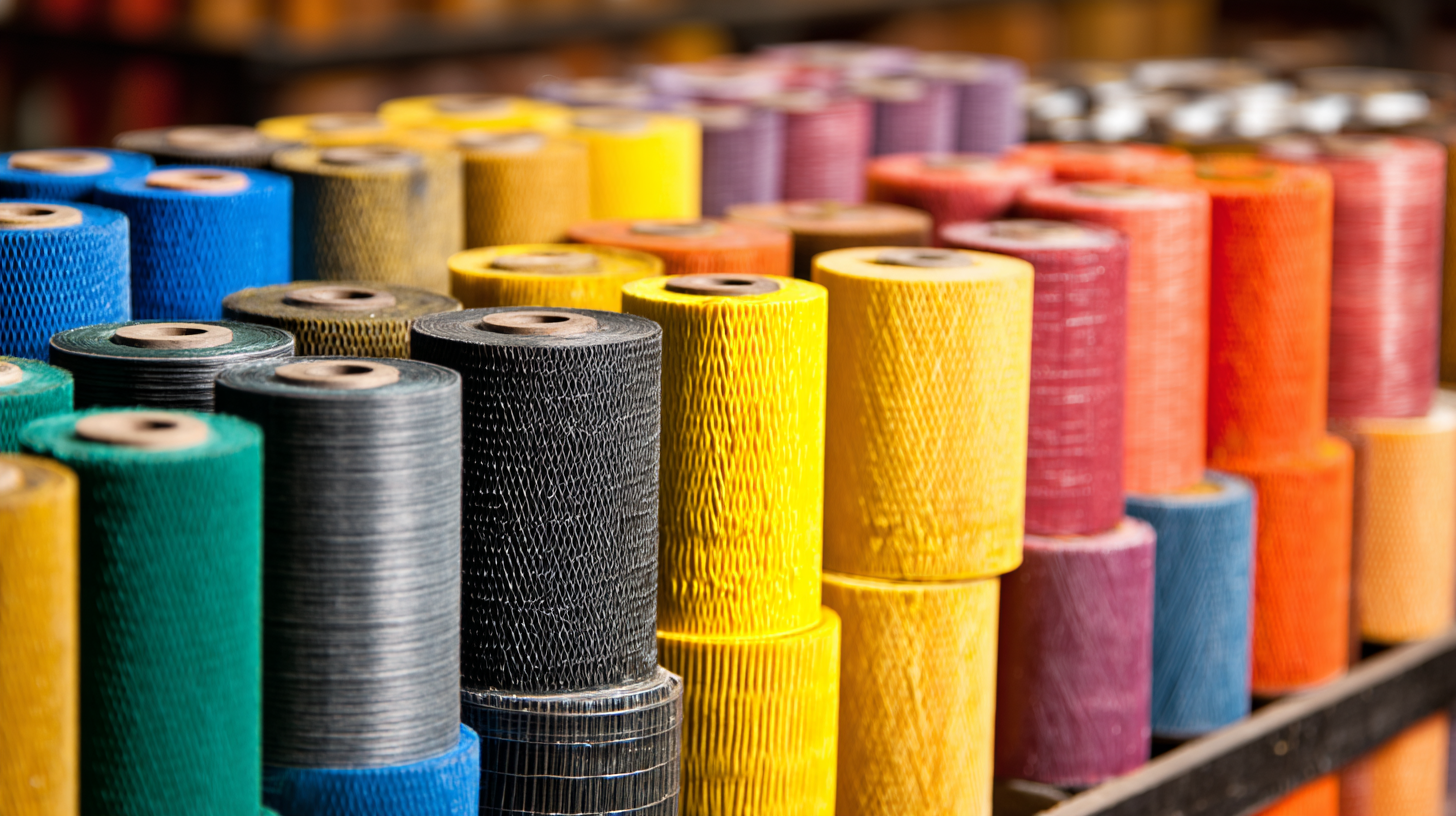
Filter cartridges play a crucial role in various industries, providing essential filtration solutions tailored to specific applications. Understanding the different types and functions of filter cartridges is fundamental to optimizing their selection for maximum efficiency. Generally, filter cartridges can be classified into three primary types: sediment filters, activated carbon filters, and membrane filters. Sediment filters remove larger particles like sand and dirt, while activated carbon filters target chlorine and volatile organic compounds. Membrane filters, on the other hand, are designed to provide finer filtration, catching bacteria and other microorganisms.
When optimizing filter cartridge selection, consider these tips: First, assess the specific contaminants present in your water or process fluid to choose a filter that effectively targets those impurities. Second, evaluate the flow rate requirements, as the wrong cartridge can result in decreased efficiency or inadequate purification. Lastly, always check the compatibility of filter materials with your system to prevent any adverse reactions that could compromise performance. By understanding the various types and functions of filter cartridges, you can make informed decisions that enhance efficiency and operational longevity.
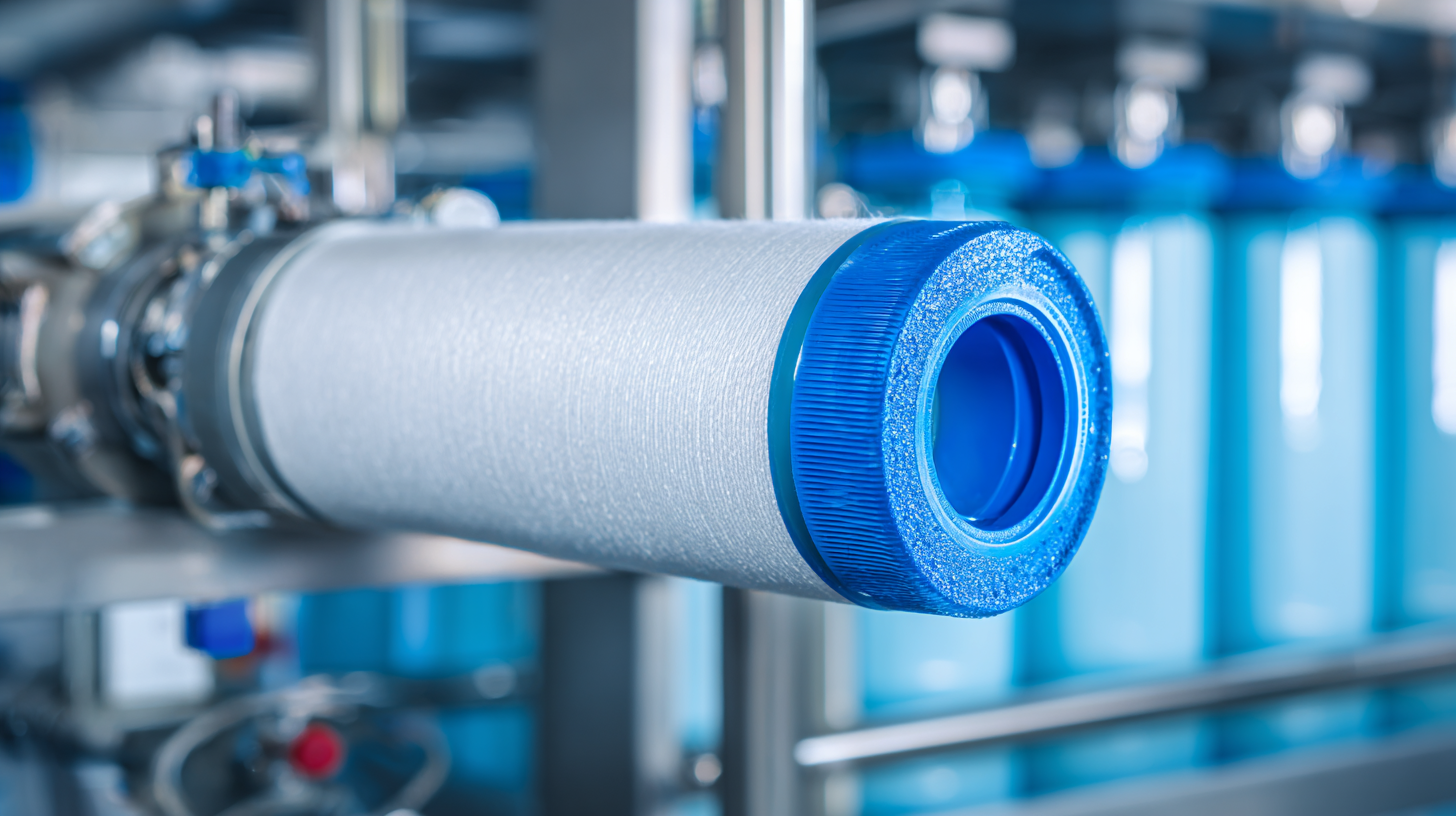
When selecting filter cartridges for optimal efficiency, several key factors must be considered. The filtration performance, for instance, can significantly impact overall effectiveness. Recent studies, such as those investigating vehicle cabin air filters, revealed filtration efficiencies as low as 56.1% for certain particles. This highlights the importance of evaluating the filtration capabilities of different cartridge options to ensure they meet specific performance requirements.
Additionally, the maintenance protocols associated with filter cartridges play a crucial role in the selection process. For example, using the right replacement cartridge can improve the service life and operational efficiency in various applications, including pool maintenance. Furthermore, advancements in technology, such as the incorporation of venturi mechanisms to enhance cleaning performance of elliptical filter cartridges, demonstrate that innovative designs can lead to better filtration results. By understanding these critical factors, professionals can make more informed decisions, ultimately leading to enhanced performance and efficiency in their filtration systems.
Maintaining the efficiency and longevity of filter cartridges is crucial for optimal performance in various industrial applications. According to a report from the Filtration Society, regular maintenance can extend the lifespan of filter cartridges by up to 50%. This not only reduces operational costs but also minimizes downtime, allowing for more efficient production processes.
Tip #1: Implement a routine cleaning schedule. Depending on the application, filters should be checked and cleaned regularly to prevent clogging, which can hinder flow rates and decrease filtration efficiency.
Additionally, factors such as environmental conditions can greatly influence the operational life of filter cartridges. A study by the American Filtration Society highlights that extreme temperatures and humidity levels can deteriorate filter materials faster.
Tip #2: Choose the right material for the cartridge based on your operational environment. For high-temperature applications, consider a cartridge designed with heat-resistant materials to ensure durability.
Finally, integrating real-time monitoring systems can provide valuable insights into filter performance, allowing for timely interventions and maintenance.
Tip #3: Utilize pressure drop readings to assess cartridge condition. Regularly monitoring pressure differentials can help identify when cartridges need replacement, ensuring consistent efficiency and reducing unnecessary waste.
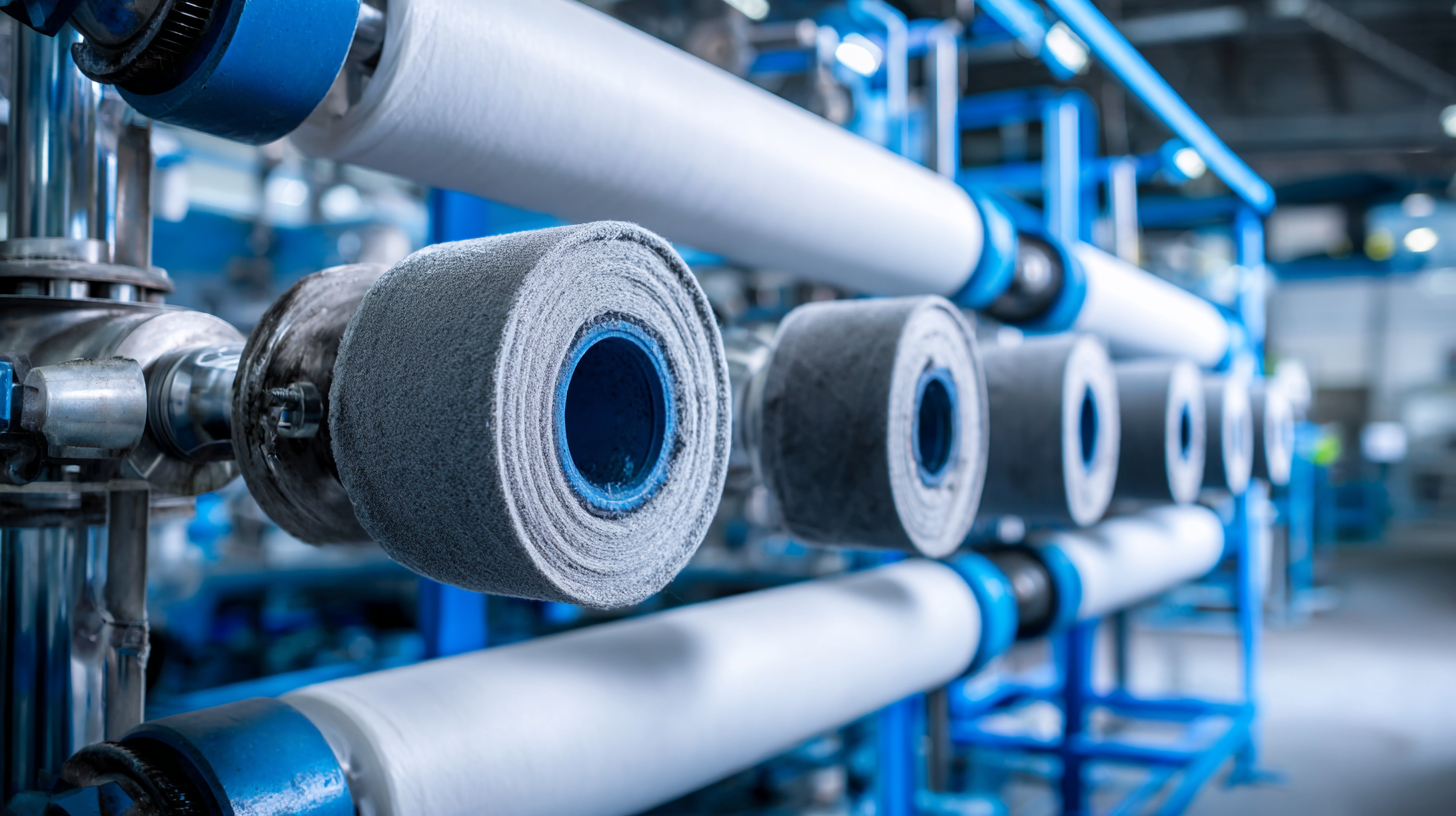 When selecting filter cartridges, avoiding common mistakes can significantly enhance efficiency and prolong the life of your filtration system. One prevalent error is underestimating the flow rate requirements. It's crucial to match your filter cartridge to the specific flow rate needed for your application. Failing to do so can lead to reduced performance and increased pressure drops.
When selecting filter cartridges, avoiding common mistakes can significantly enhance efficiency and prolong the life of your filtration system. One prevalent error is underestimating the flow rate requirements. It's crucial to match your filter cartridge to the specific flow rate needed for your application. Failing to do so can lead to reduced performance and increased pressure drops.
To ensure optimal performance, consider utilizing a sizing chart provided by the manufacturer. This chart can guide you in selecting the right cartridge that meets both the flow and contaminant removal needs of your system. Additionally, always check the compatibility of materials—selecting a filter that isn’t compatible with your fluid can lead to premature failure and costly repairs.
Another common pitfall is neglecting regular maintenance and monitoring of filter performance. Timely replacement of filters is essential to avert clogging and inefficiency. Implement a maintenance schedule that includes regular checks on pressure differentials and contaminant levels to determine the optimal time for replacement. This approach not only maximizes efficiency but also safeguards the integrity of your entire filtration system.
Innovations in filter cartridge technology are transforming the industry, paving the way for more efficient and sustainable filtration solutions. According to a recent report by the Filtration Society, advancements in materials science have led to the development of high-efficiency filter media that can capture finer particles while reducing pressure drop. This enhances performance while ensuring longer cartridge life, ultimately providing cost savings for end-users. For instance, the integration of nanofiber technology can enhance particle capture rates by up to 30%, making these cartridges a preferred choice in various industrial applications.
Furthermore, smart filtration technologies are now emerging, driven by the Internet of Things (IoT), which facilitates real-time monitoring of filter performance. A study from the American Filtration and Separations Society highlights that implementing IoT sensors can predict filter replacements with over 90% accuracy, thereby minimizing downtime and maintenance costs. This fusion of technology and filtration not only makes operations more efficient but also supports sustainability goals by reducing waste generated from premature cartridge replacements. As these innovations continue to evolve, they are reshaping the landscape of filter cartridge selection and optimization strategies.

